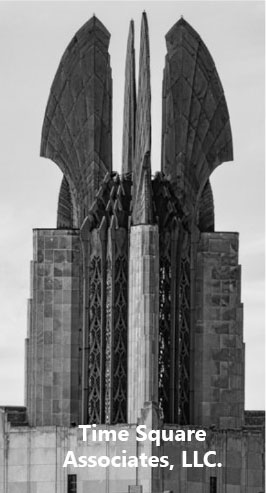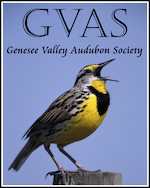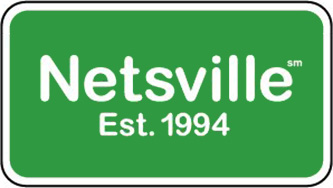Falcon Identification 101 – How to tell Mariah from Kaver
Saturday, March 24th, 2007Here’s a popular question that we get asked all the time: “How can you tell which one is Mariah, and which is Kaver?”
The answer is easy– they look different. Just like no two people look exactly alike, no two Peregrines do either. At first glance (or even second and third glance) it might not be easy to see the differences, but we’re here to help with that, so read on!
First, let’s compare Mariah and Kaver side by side:

In this picture, Mariah is on the left, and Kaver is on the right. The very first thing you’ll notice is the difference in size between the two Peregrines. Mariah is a much larger bird than Kaver. In fact, in most birds of prey including falcons, hawks, eagles and owls, the female is larger than the male. When one sex is larger than the other, scientists call it sexual dimorphism. Many animals exhibit sexual dimorphism inlcuding humans, but for us it is the males who are generally larger. In raptors, the female is larger. This difference in size even influences what we call male and female falcons. Only the female Peregrine is called a falcon. The male peregrine is called a tiercel. Tiercel comes from the latin word tertius, which means “one-third”, because the male is typically 1/3 smaller than the female.
When Mariah and Kaver are side by side it’s easy to tell who’s who by their size. When they’re alone, it’s a little harder, but not too much. If you can see them on the Falconcam’s high resolution Main Camera, you’ll notice some differences in their features that can help.
After her size, the next thing to notice about Mariah is the white stripe that runs between her eyes, just above the yellow part of her bill. That part is called the cere, and among other things, its where her nostrils are. Most times if you’re looking at Mariah’s face you’ll be able to see the white feathers above her cere. Kaver doesn’t have a stripe above his cere, so that’s a pretty easy way to tell them apart.
Next is the shape of the head. The top of Mariah’s head is a bit flatter than Kaver’s. One of the distinctive features of falcons is their head coloring. Peregrines have a dark “hood” and malar stripes. The malar stripes are the dark patches on their cheeks that resemble sideburns. The combination of dark hood and malar stripes makes it look like the Peregrine is wearing a helmet. Mariah’s malar stripes are longer than Kaver’s.
It’s hard to tell in our picture above, but Kaver’s helmet is darker than Mariah’s. In brighter light Kaver’s helmet looks almost black, while Mariah’s almost always appears slate gray, with white highlights.
If you come to Rochester to watch the falcons, you’ll rarely get close enough to see their faces. Good binoculars or a spotting scope can help, but even if you don’t have those, all hope is not lost. That’s because Mariah and Kaver often look different in flight, and that difference can be used to tell them apart. Mariah, in particular, often flies with the first couple of feathers on her right wing (called “primary” flight feathers) split from the others. The picture above is a good example. Her wings often have a broad, rounded shape, especially when she’s soaring. And since she’s a larger bird, sometimes her size alone is enough to identify her.
In contrast, Kaver’s wings often have a more pointed shape. His smaller size also gives him a sleeker look. When he flaps his wings, his wingbeats are more frequent than Mariah’s, and not as powerful. Believe it or not, it’s pretty easy to pick up on these differences after watching them for a while.
So there you go– Size, facial markings, coloration, wing shape and flight differences are the clues you need to tell Mariah from Kaver. Keep watching the Rochester Falconcam and you’ll be an identification expert in no time.
-Jess










